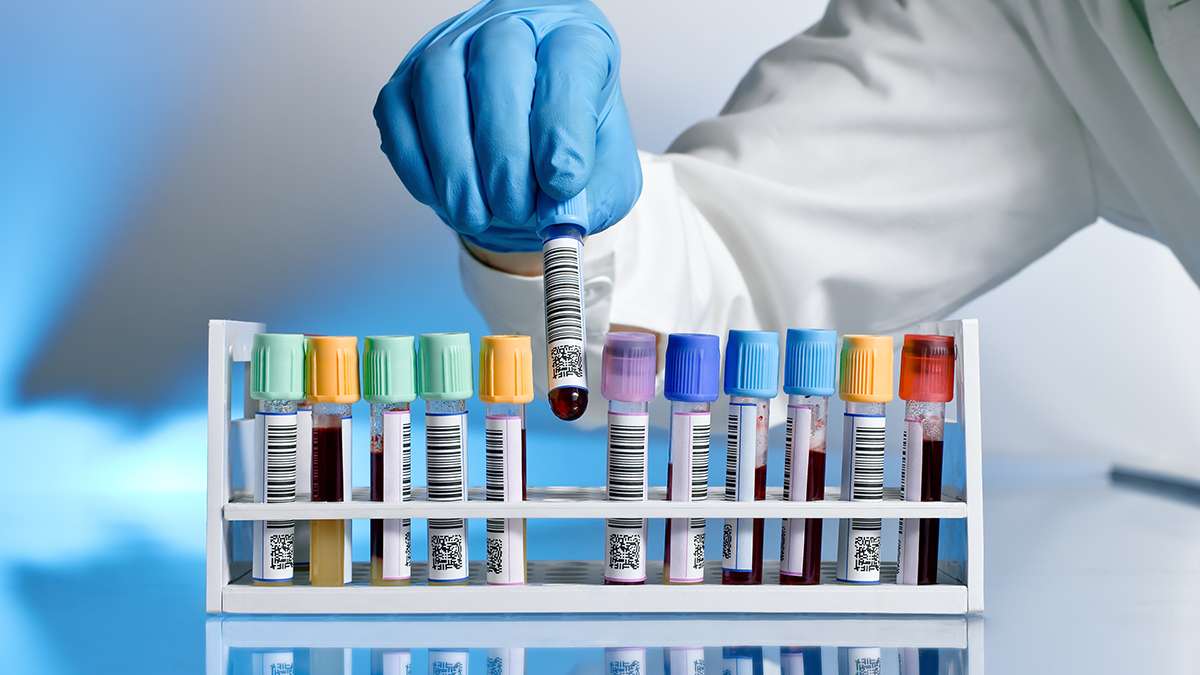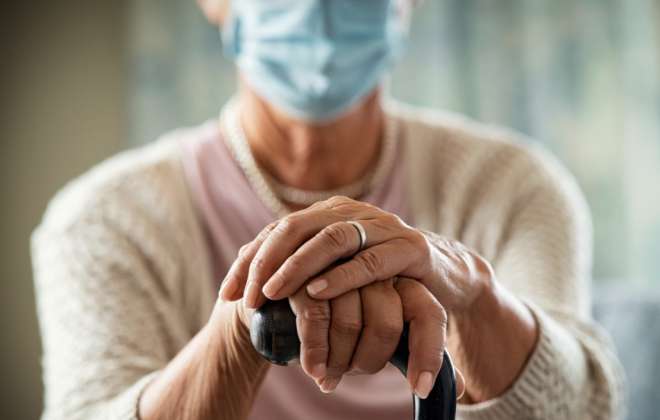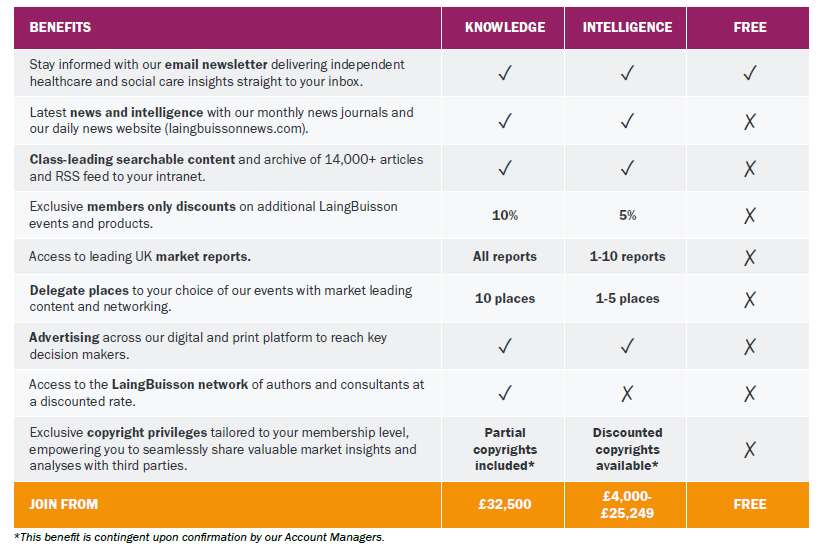UK Diagnostics market has weathered to Covid-19 pandemic well. But will promised funding for diagnostics from the UK government materialise to meet a growing demand?
London, 19 January 2023
Leading healthcare sector analysts, LaingBuisson, have published the second edition of their Diagnostics UK Market Report.
Diagnostics are fundamental to healthcare – clinicians need to understand the condition they are treating in order to determine the best response, and early diagnosis is a key element for all healthcare systems to improve population health management and reduce costs with more effective early intervention. Whilst imaging and pathology (defined here as all clinical lab services including cellular pathology) are very different disciplines, both are key to diagnostics, with doctors often relying on a combination of the two.
Written after the peak of the Coronavirus crisis, the report gives a picture of this high value, growing market in its normal steady state. While Coronavirus has affected diagnostics less than other healthcare sectors, promised government funding for the sector has still yet to materialise.
The report, nevertheless, asks questions which are pertinent to our times, both during and outside of the crisis. Why, for example, is the NHS’s purchasing power not more co-ordinated? Historically, each NHS trust has managed its own imaging and pathology services. Efforts for consolidation began in 2017 but progress towards this has been slow.
The report also highlights that the UK has around half the level of radiologists per capita than the US, Germany and France, with little sign that this will be reversed in the next decade, given the time taken to train these professionals. The UK also has very high utilisation of MRI and CT scanners, which on average are older and nearer to the end of their useful lives.
While the Government has promised investment in the NHS diagnostic infrastructure, this shortage of professionals working in fields such as radiology and histopathology means that infrastructure investment has to be accompanied by investment in training if the UK is to have the capacity to meet demand for testing.
Report author, Hugh Risebrow said:
“Post-Covid burnout may have affected diagnostics less than some other medical specialties, as labs and imaging saw reduced volumes during Covid. Locum agencies and backlog providers in both imaging and pathology have seen sharp increases in demand to support the increase in elective activity since the height of the pandemic.
“Overall, volumes are likely to continue to grow steadily once normality returns, but with continued downward pressure on pricing. The volume growth is variable with continued high single digit volume growth for MRI and CT scans, and higher growth for PET CT. Genetic testing within pathology will show very high growth, with other sub-specialties showing steady but lower single digit volume growth. The downward pressure on pricing is variable across segments, but likely to be greatest in imaging.
“Beyond this three-year horizon, the underlying level of demand is likely to continue to grow with demographic changes. The level of outsourcing by the NHS remains a big uncertainty which could drive further opportunities, although the pendulum has swung against outsourcing in recent years.”







